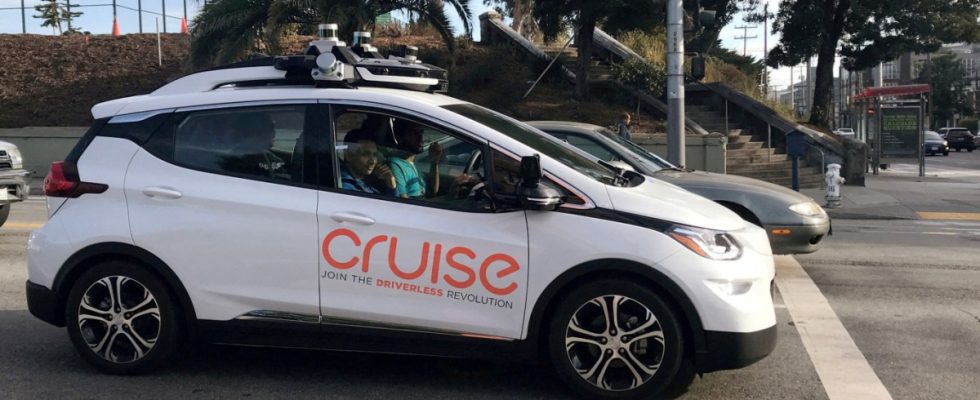A cruise robotic taxi collided with a fire truck in San Francisco. “One of our vehicles pulled into the intersection when the light was green and was struck by an emergency vehicle that appeared to be en route to an emergency,” Cruise said on the messaging platform X, formerly known as Twitter.
The California Department of Transportation (DMV) also wrote on Friday that it is investigating “recent worrying incidents” with autonomous vehicles from General Motors subsidiary Cruise. The agency has now asked Cruise to immediately reduce its active fleet of vehicles by half until the investigation is complete. “The DMV reserves the right to suspend or revoke the test and/or deployment permits after an investigation into the matter,” the agency said in a statement.
The only passenger in the autonomous vehicle was taken to a local hospital with non-life-threatening injuries, police said.
Just last week, a California regulator allowed Cruise and Google sister company Waymo to operate driverless taxis 24/7 throughout the city. The city and its transport companies fought back. They argued that the technology was not yet reliable enough and pointed out, among other things, that the vehicles repeatedly blocked traffic due to technical problems.
Confused by the music festival, stuck in fresh concrete
That was also the case last weekend: During a major music festival, several cruise vehicles broke down and paralyzed traffic. Cruise pointed out that the mobile network in the district was overloaded because of the event. As a result, the vehicles could not have been diverted by radio. Then on Tuesday, a robotaxi, also owned by Cruise, failed to detect road works properly and got stuck in wet concrete. The car had to be pulled out of the jobsite, the software obviously couldn’t tell the difference between a solid track and wet concrete.
Cruise and Waymo have been driving their robotic cars in San Francisco for years – first with security drivers, but now more and more often without a human behind the wheel. They want to switch to specially developed vehicles for the Robotaxi services that have neither steering wheels nor pedals. San Francisco is a test case for the Robotaxi business model after investing billions in the technology. The vehicles are expensive. They must therefore be constantly busy and bring in money.

